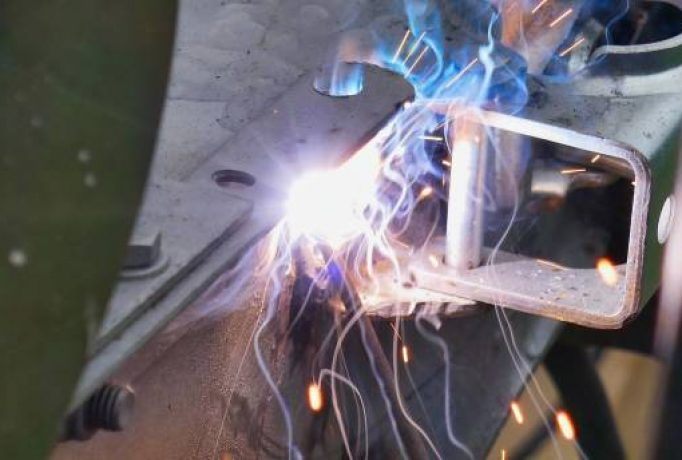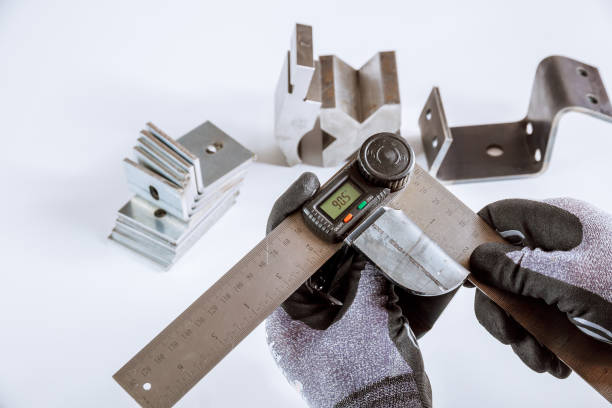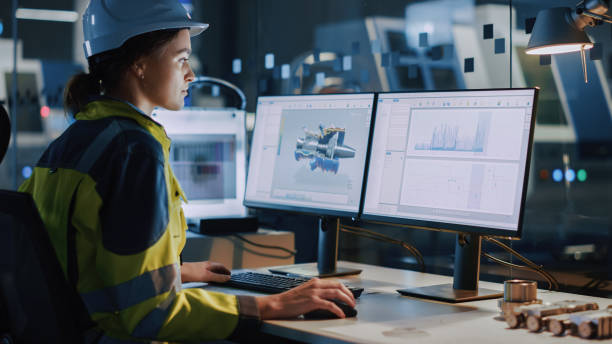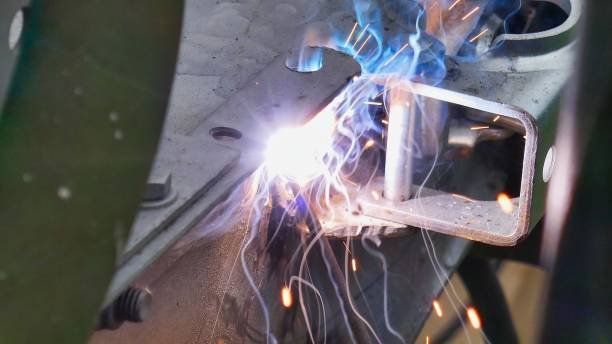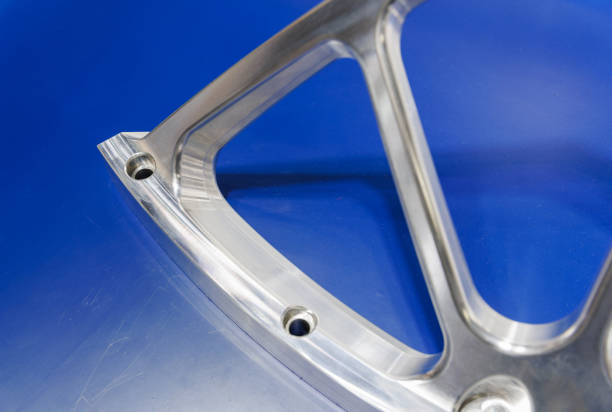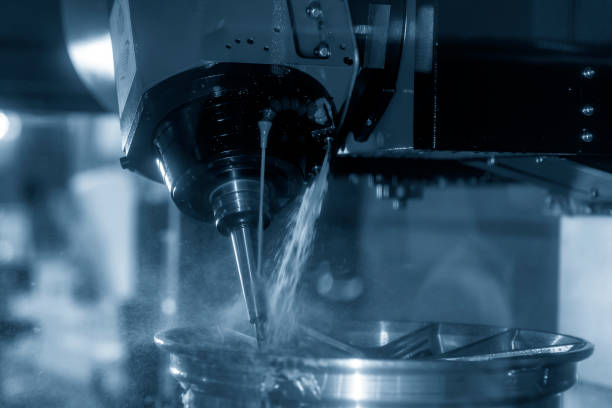Magnesium alloys are highly valued for their lightweight properties and high strength, but welding them presents unique challenges. Traditional welding methods often fall short due to magnesium’s low melting point and high reactivity. This article explores advanced welding solutions for magnesium alloys, highlighting innovative techniques, benefits, and their applications across different industries.
Challenges in Welding Magnesium Alloys
Welding magnesium alloys is complex due to several factors:
- High Reactivity: Magnesium reacts readily with oxygen, leading to oxidation during the welding process.
- Low Melting Point: The low melting point of magnesium alloys increases the risk of burn-through.
- Thermal Conductivity: High thermal conductivity can lead to rapid heat dissipation, making it difficult to maintain a stable weld pool.
Innovative welding techniques
- Laser Welding: Laser welding provides precision and control, minimizing heat input and reducing the risk of distortion and burn-through. This technique is particularly effective for thin magnesium alloy sheets and intricate components.
- Friction Stir Welding (FSW): FSW is a solid-state welding process that generates heat through friction, avoiding the melting phase. This method produces high-quality welds with excellent mechanical properties and minimal defects.
- TIG Welding (GTAW): Tungsten Inert Gas (TIG) welding is commonly used for welding magnesium alloys. The use of an inert gas shield (typically argon) prevents oxidation, and the process allows for precise control over heat input.
- Hybrid Welding: Combining different welding methods, such as laser and TIG welding, can capitalize on the strengths of each technique. Hybrid welding offers enhanced control, improved weld quality, and increased efficiency.
Benefits of Advanced Welding Solutions
- Improved Weld Quality: Advanced techniques produce cleaner, stronger welds with fewer defects, enhancing the overall quality and durability of magnesium alloy components.
- Reduced Distortion: Precision control over heat input minimizes thermal distortion, maintaining the structural integrity of the welded parts.
- Enhanced Efficiency: Innovative welding methods streamline the process, reducing production time and costs while improving consistency.
- Versatility: These advanced solutions are adaptable to various applications, from automotive and aerospace to electronics and medical devices.
Applications of Welded Magnesium Alloys
- Automotive Industry: Advanced welding solutions are crucial for manufacturing lightweight automotive components, such as engine parts, transmission cases, and structural elements, contributing to improved fuel efficiency and performance.
- Aerospace Industry: High-strength, lightweight welded magnesium alloys are used in aircraft components, reducing weight and enhancing fuel economy while maintaining structural integrity.
- Electronics: The electronics industry benefits from precision welding of magnesium alloy casings for laptops, smartphones, and other devices, ensuring durability and efficient heat dissipation.
- Medical Devices: In the biomedical field, welded magnesium alloys are used for implants and medical instruments due to their biocompatibility and strength.
Conclusion
Advanced welding solutions are essential for unlocking the full potential of magnesium alloys in various industries. By overcoming traditional challenges and leveraging innovative techniques, manufacturers can achieve superior weld quality, reduced distortion, and enhanced efficiency. As technology continues to advance, the applications of welded magnesium alloys will expand, driving innovation and performance across multiple sectors.

